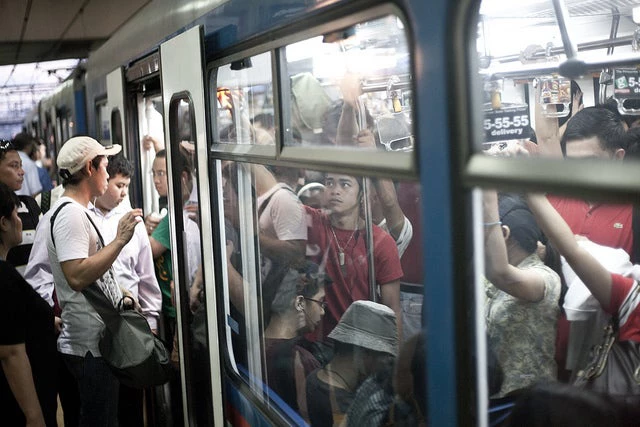
Credit: Ingmar Zahorsky/Flickr
The Philippines has one of the best performing Public-Private Partnership (PPP) programs in Asia. According to the Philippines PPP Center, much more will be done to further improve the country's ambitious PPP program.
Infrastructure building in most countries is driven by the government. China has been the most remarkable infrastructure builder in the world over the last 30 years, and this progress has been driven almost entirely by the government. In the case of the Philippines, government is also in the driver’s seat when it comes to infrastructure development, bringing in the private sector for expertise, capacity, and relevant experience. In most PPPs, project efficiencies increase and sustainability is strengthened with private participation. Though PPPs are not a panacea, and the transactions themselves are complex, the Philippines has chosen to incorporate private sector expertise and resources in various ways. The challenge is to balance public objectives with private need for a return on investment. There has to be appropriate sharing of risks between government and the private sector.
This balance has operated successfully, despite the time these transactions have demanded. In November 2010, the government said that it will engage in 10 PPP projects by 2011. This goal was achieved in 2015. The Philippine PPP Center has done much to reduce some of the roadblocks to PPP implementation in the country, but the government could do more to facilitate faster implementation and bring the PPP program closer to its ambitious goals. Here are some concrete ways to move forward:
- Institutionalize the PPP Center. At present, the center exists by virtue of an executive order from the president. Appropriate legislation will help the center become an established permanent institution.
- Allocate appropriate resources. The robust pipeline of 14 PPP projects will require significant funding. Most financing for PPPs has been coming from local banks as well as multilaterals and bilaterals including International Finance Corporation (IFC), the Asian Development Bank (ADB), the Japan Bank for International Cooperation (JBIC), and potentially the new Asian Infrastructure Investment Bank—institutions that offer long-term project financing. Beyond local banks and the multilaterals, it may be possible to tap into resources from international banks. Multilaterals like IFC and ADB serve the purpose of bridging the gap between the risks that the local banks and foreign banks are willing to take. If IFC and other multilaterals with a global perspective can manage these risks, other international banks as well as local banks can also be encouraged to provide financing. IFC had watched this dynamic work in the past: for example, in 2007, when IFC did some of the large privatization projects in the power sector, local banks were willing to lend for only five to seven years. When IFC participated and took some of the merchant off-take risk, the local banks ended up lending for up to 10 to 12 years.
- Introduce additional market participants into the bidding process. Many of the PPPs in the pipeline are considered utilities, and the Philippine constitution mandates that these projects need to be 60:40 Philippine owned. We have to find ways to bring in more foreign direct investment (FDI) into these PPP projects, considering Philippines ranks among the lowest in ASEAN on FDI.
- Resolve right of way issues. These right of way issues, which in most cases are not quickly resolved, have delayed many of PPP projects. A more flexible and streamlined approval process can go a long way, and the PPP Center has taken an active role, though there is room for further action. For instance, when an approval of a PPP from the National Economic Development Authority (NEDA) is granted, the terms are almost always cast in stone and do not allow for changes to the project structure that may be agreed upon during actual consultations with potential investors.
In the case of the Light Rail Transit 1 project in Manila, during consultations with bidders, the issue that arose was around real estate taxes being the responsibility of the winning bidder. Due to this issue, the first bidding was a failure. The terms had to be amended by the approving authorities. The second bidding was successful, but the back and forth with the approving authorities resulted in a year’s delay.


Join the Conversation